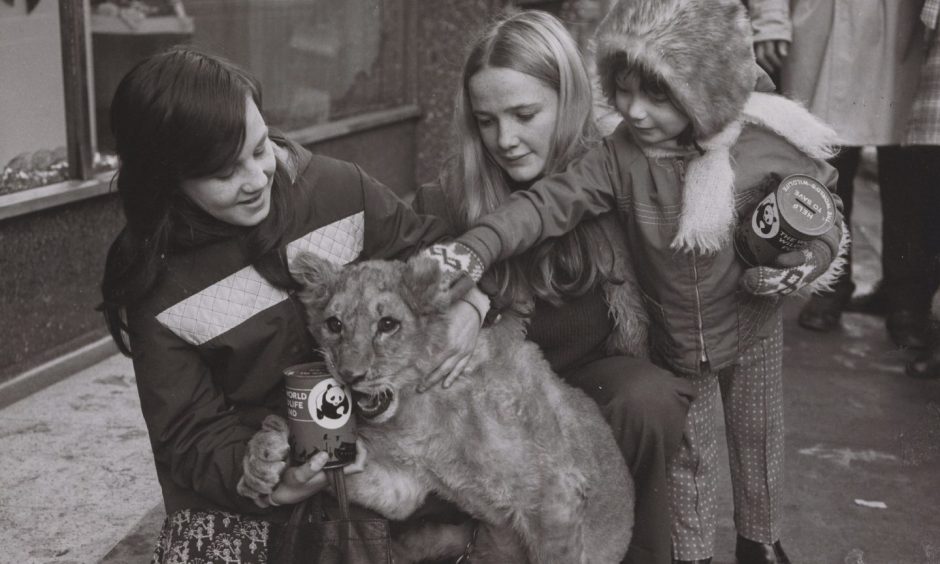
Aberdonians and holidaymakers alike will have fond memories of Aberdeen Zoo at Hazlehead Park – but it wasn’t the first zoo in Aberdeen.
The Hazlehead attraction was beloved by children who had the opportunity to get close to animals like chimpanzees and have fun while learning about wildlife.
But decades beforehand, far from putting care and conservation at the heart of animal welfare, exotic animals like lions, hyenas, wolves and bears were once housed in a city-centre theatre.
Elsewhere, a man kept monkeys in a house on Belmont Street.
Read on for the wild, true story of Aberdeen’s menagerie of zoos and vintage photos from Hazlehead…
1966: Aberdeen Zoo opened at Hazlehead Park
The Aberdeen Zoo most people remember opened at Hazlehead Park on July 16 1966.
The new attraction was the brainchild of Dr Lil de Kock, secretary of Aberdeen and North-east of Scotland Zoological Society.
Together with her peers, they set about founding a zoo in 1960. But it took six years to realise their ambition.
As well as animal enclosures, the zoo had a free-flying area for birds – one of the first in the country at the time – an exhibition house, an aquaria and a microscope unit.
Education and welfare was at the forefront of Aberdeen Zoo.
There were domestic animals for children to pet, local wildlife including otters and foxes, as well as the awe-inspiring chimpanzees, wolves and lions.
Aberdeen Zoo was later praised for its otter breeding programme as the animals were notoriously difficult to breed in captivity.
Zoo animals proved to be slippery characters at times
But ahead of its grand opening, some of the other animals gave zoo staff the runaround.
A plucky porcupine escaped and was eventually tracked down some distance away on a country road near Bieldside.
And a lung-fish donated by London Zoo proved to be a slippery character.
The fish could survive on land for three days and its container had to be barricaded after repeated attempts to climb out.
The day before the zoo was due to open a four-month-old baby fox was spooked and went on the run.
Although the fox didn’t return that night, the zoo’s opening weekend exceeded all expectations, attracting 10,000 visitors.
1966: Thousands visited on opening weekend
The official ceremony was carried out by naturalist Peter Scott, and so many people turned up the gates had to be shut twice.
Mr Scott praised the zoo for being different to other attractions, because its object was educating people in the greater environment of wildlife.
Dr Lil de Kock explained they put animals in their natural surroundings rather than little cages.
The animals were under the care of head keeper John Buchan.
Staff member Irene Lloyd-Wide spoke fondly of the joy of city children petting donkeys and goats for the first time.
She also shared memories hand-rearing a dingo pup at home.
1970s: The rise and fall of the Hazlehead Zoo
A guide to Britain’s zoos published in 1970 lauded Aberdeen Zoo as “an excellent example of how modern zoos should be combining instruction and entertainment”.
Although beloved by schoolchildren, the running costs began to overtake income by the ’70s.
And in 1977, the council made the decision to close the zoo.
Staff were distraught when they were told its exotic animals would have to be destroyed.
Luckily at the eleventh hour, those who donated the wild animals took them back, saving them from euthanasia.
But all was not lost. Two years later the zoo reopened as a scaled-back pets corner – a popular attraction in Aberdeen today.
Although the wild animals at Hazlehead Zoo are long-gone, it wasn’t the first to bring exotic beasts to Aberdeen…
1904: Mr Sorrie’s monkeys in Belmont Street, Aberdeen’s first zoo?
It was commonplace in Victorian times to take wild animals from far off lands back to Blighty, and often have nowhere suitable to house them.
A zoo at 6 Belmont Street (now a convenience store next to Tippling House) offered Aberdonians the chance to mingle with animals in the city centre.
Quite possibly a literal mad house, Mr Sorrie advertised ‘Sorrie’s Zoo’ in the local press in 1904.
For tuppence, visitors could enjoy viewing an “excellent collection of objects of natural history”.
This included “a happy family” of birds, a cat, a dog, and “a couple of monkeys” who apparently lived in harmony in a house in Belmont Street.
1907: The wild animals of Aberdeen Sea Beach Zoo
A few years later, a slightly more official-sounding zoo opened at Aberdeen Beach near the old bathing station.
In 1907, a small feature in The Era, Britain’s leading theatrical newspaper of the day, saw Aberdeen Sea Beach Zoo mentioned alongside nationwide attractions.
Described as “a small but ever-increasing and exceedingly well-selected collection”, the zoo was run by John Sinclair.
Within “the light, airy and commodious structure” visitors would find a range of wild animals. These included performing bears, reptiles, wolves, hyenas, llamas, antelopes and “several cagefuls of monkeys”.
And the zoo boasted having “the largest and finest male lion in captivity in Great Britain” – a feline beast called Chaka.
More accustomed to a conservation approach these days, the idea of caged wild animals as a spectacle for people to peer at is grotesque to modern perspectives.
Lions, bears and monkeys lived in city-centre theatre during winter
Unsurprisingly, the North Sea coast wasn’t the best environment for exotic animals during winter, so during the off season the animals were moved to the city centre.
In October 1907, Mr Sinclair moved his animals to their winter quarters – the old Alhambra Music Hall on the corner of Exchange Street and Guild Street, now a food outlet.
The hall was “admirably adapted” for housing animals while also still allowing “ample space for various entertainments”.
Whether or not there was “ample space” for the animals is another question entirely.
Electric lighting was installed along with a small stage, and a gallery where parrots and other birds from the council’s Duthie Park collection were accommodated.
Despite the big move, additions were made to the collection of animals, including “a seven-week-old black bear, a Persian gazelle, a few more monkeys etc”.
The interior of the hall was decorated by hand-painted murals, and the cages were arranged around the sides.
There was a 70ft-long painting around the gallery depicting animals, to ensure the winter season was “interesting, attractive, and educative”.
1908: Opossum joins zoo after being found in fruit merchant’s bananas
Despite being full of animals, performances still took place in the theatre over the winter months.
These included Madame Rosini’s highly-trained troupe of dogs and ponies, which appeared in a miniature circus performance.
While Pulo and Fritz were a pair of entertaining jugglers, and crowds were also entertained by comedians and cinema reels.
The zoo continued its routine of summers by the sea and winter in the theatre.
The following year when an opossum was found in a crate of bananas at the premises of an Aberdeen fruit company, Mr Sinclair was their first port of call.
The creature had travelled all the way from Costa Rica to Aberdeen in the crate and was described as “about the size of a rat – with a pointed nose and beautiful brown eyes“.
The P&J reported: “The opossum is very difficult to rear in this country, and the fact the animal must have travelled over 4000 miles makes its safe arrival all the more outstanding.
“The animal has been sent to the Beach Zoo where, considering its history, it will no doubt prove an object of much interest.”
1909: Aberdeen Zoo falls into bankruptcy
And in 1909, there was excitement ahead of the opening of the summer season when another new addition was welcomed at the zoo.
Mary, the zoo’s white Bactrian camel gave birth to a little bull calf called Friday.
It was described as “a peculiar looking creature – apparently nearly all legs at present – but with its mother, it is doing well”.
By now the collection also included a polar bear.
But there was trouble during the winter season of 1909 when Mr Sinclair failed to pay rent for the Alhambra.
In October, the landlord pursued him in court for the sequestration of animals and certain furnishings at Aberdeen Zoo, meaning he was bankrupt.
Using landlord’s hypothec, where they have rights over a tenant’s property in a rented premises, the case heard how the animals were to be acquired to pay the debt.
It was an unusual case in which “considerable interest” was garnered by legal practitioners.
Monkey sold at auction for just 13 shillings
As a result of the case, the wild animals were put up for sale the following month.
The auction, held at the theatre, was run by Robert Milne and attracted a huge crowd.
Most people were there out of nosiness, but there were a handful of buyers from southern Scotland and Manchester.
The animals, now mere pawns in a legal dispute, were sold for a pittance.
Three wolves and their cage sold for £10 10 shillings; three kangaroo rats went for 22 shillings; the famous opossum sold for 5 shillings; two Indian mountain bucks sold for 8 shillings, and a bonnet monkey went for 13 shillings.
An English fox made 6 shillings; an Indian sun bear sold for £5; a Madagascan lemur went for 3 shillings, while a wallaby went for 37 shillings and sixpence.
Two ring doves and their cage were bought for 6 shillings; an owl went for 3 shillings; a lemon-crested cockatoo for 13 shillings; a parakeet for 7 shillings; a monkey for £1, and a Scottish badger for 11 shillings.
And an unusual lot entitled the “happy family” included two monkeys, a rabbit and three cats (perhaps the remnants of Mr Sorrie’s Belmont Street zoo) sold for just 21 shillings.
Bear bought from zoo turned savage – and turned on stable staff
The only zoo animal to be kept in Aberdeen was a bear bought by a livestock salesman called Alexander Stephen.
It was kept at a stable yard in Lemon Place in the city’s east end.
However, years of being prodded for entertainment made it vicious, and the creature made headlines in 1912 for mauling a man.
By day the bear was chained to a post, and at night it was caged in the corner of the yard.
The critically-injured man, James McIntosh, was said to be well acquainted with the bear, which was described as savage.
Someone had left the bear’s cage open and Mr McIntosh was told to close it.
As he did so, the bear leapt upon him and tore at him with its claws and teeth.
The man managed to crawl from the enclosure and was taken to hospital with severe lacerations to his face and body, and possible blood poisoning.
Only weeks beforehand, the bear had attacked a boy, who escaped without injury but torn clothes. And it had previously savaged a man so badly he died.
Thankfully, caged animals are a thing of the past in Aberdeen.
And while the animals at Hazlehead were loved and cared for, and children protested its closure, there has been no desire to open another zoo in Aberdeen.
If you enjoyed this, you might like:
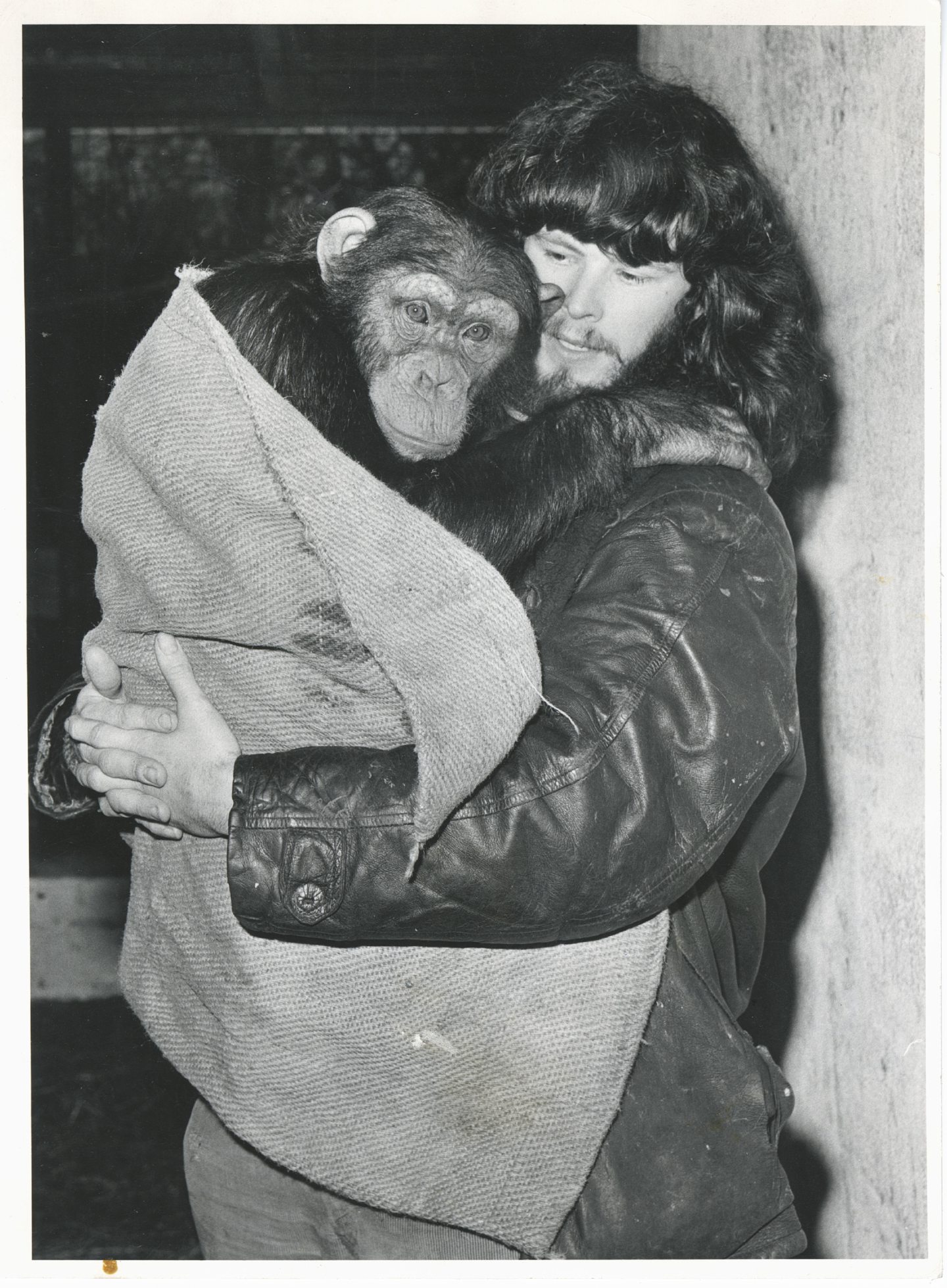
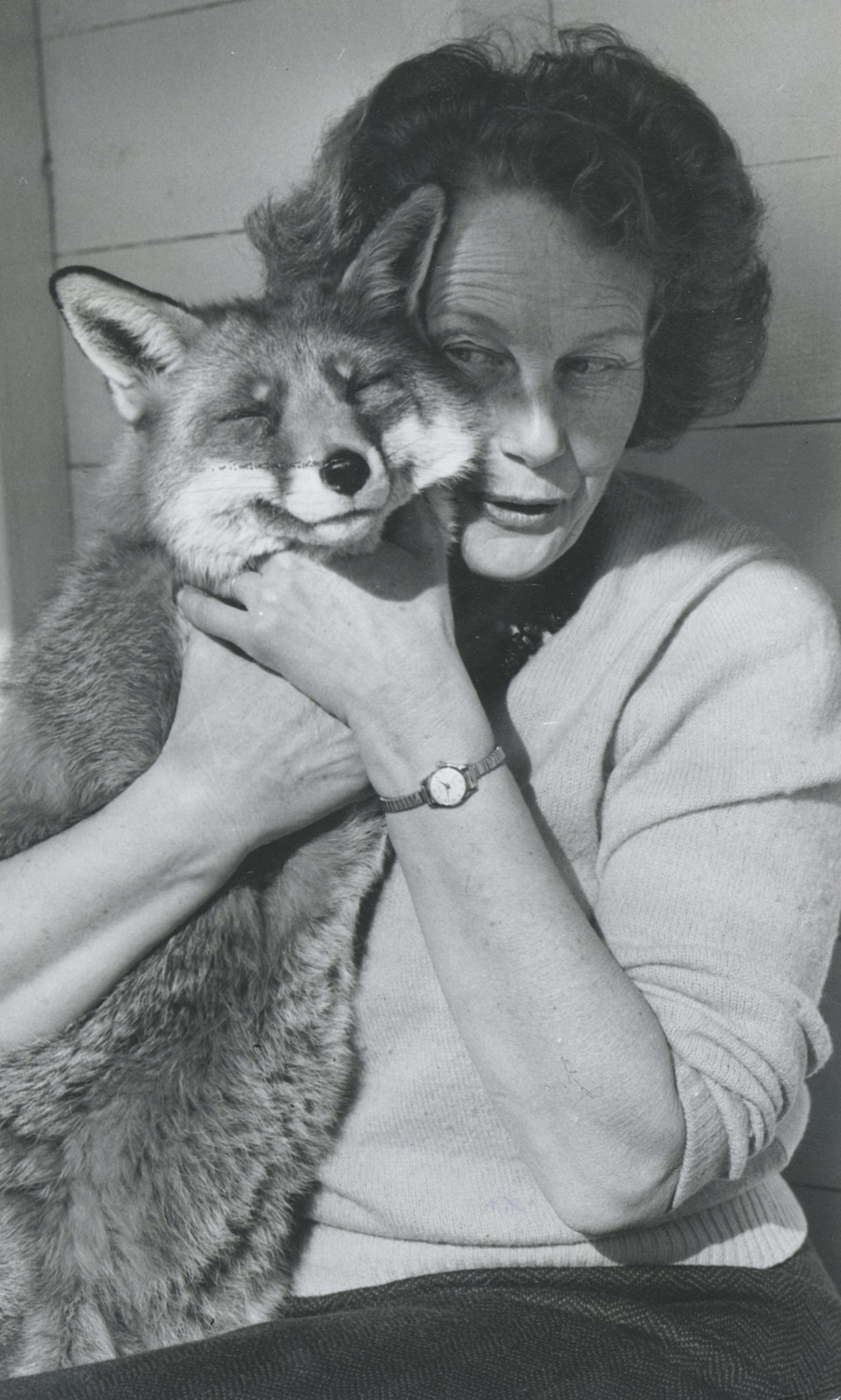
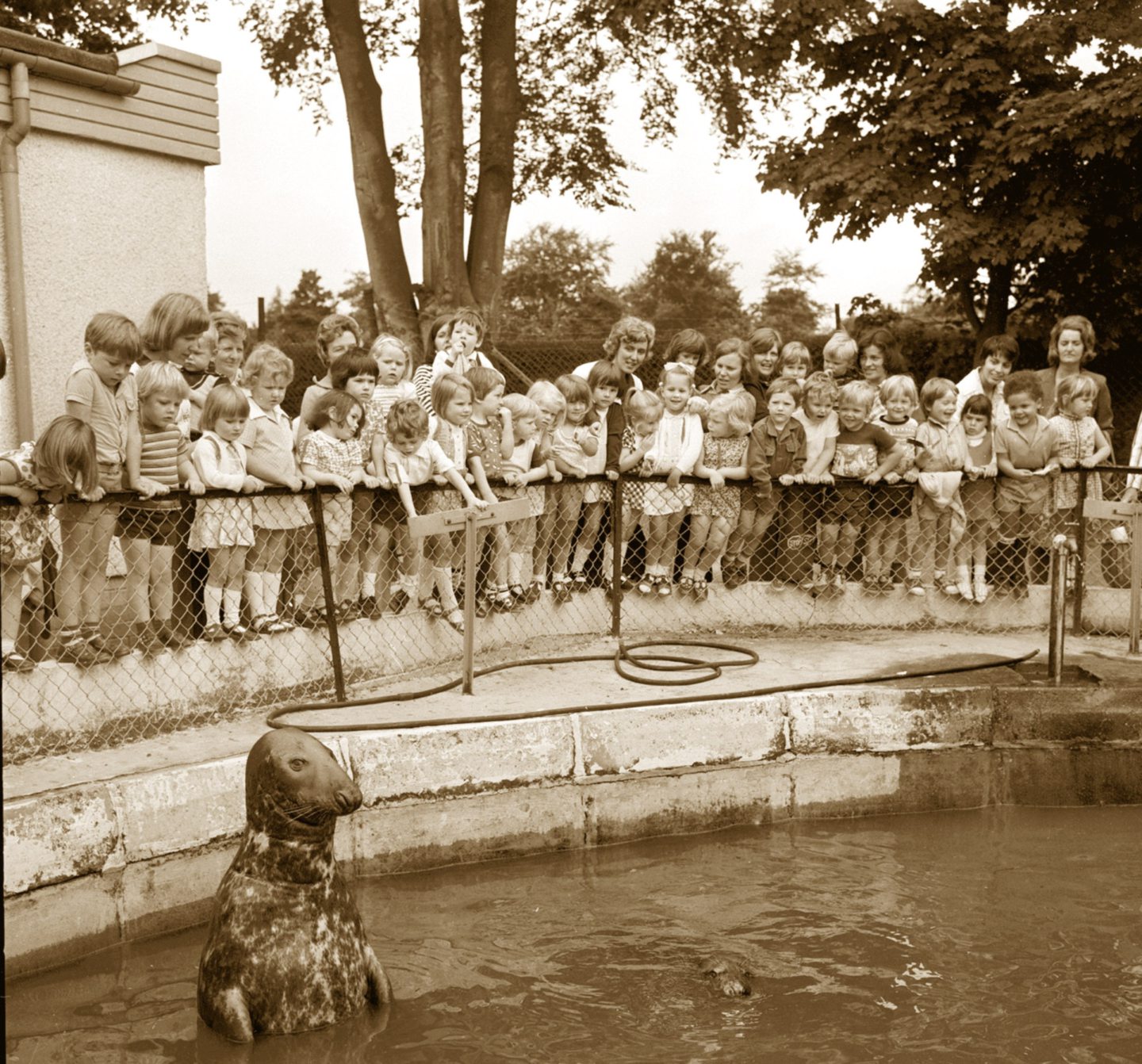
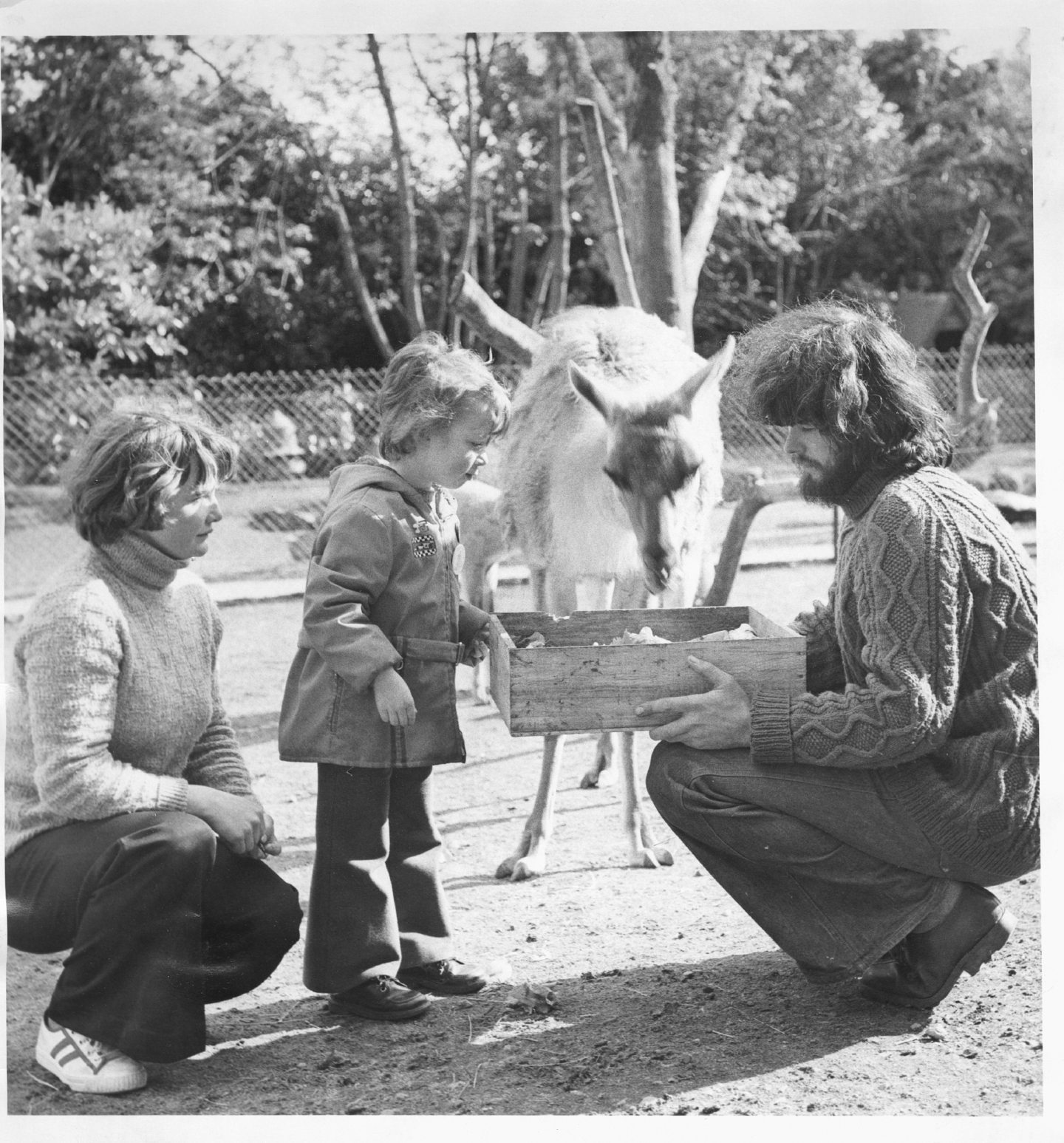
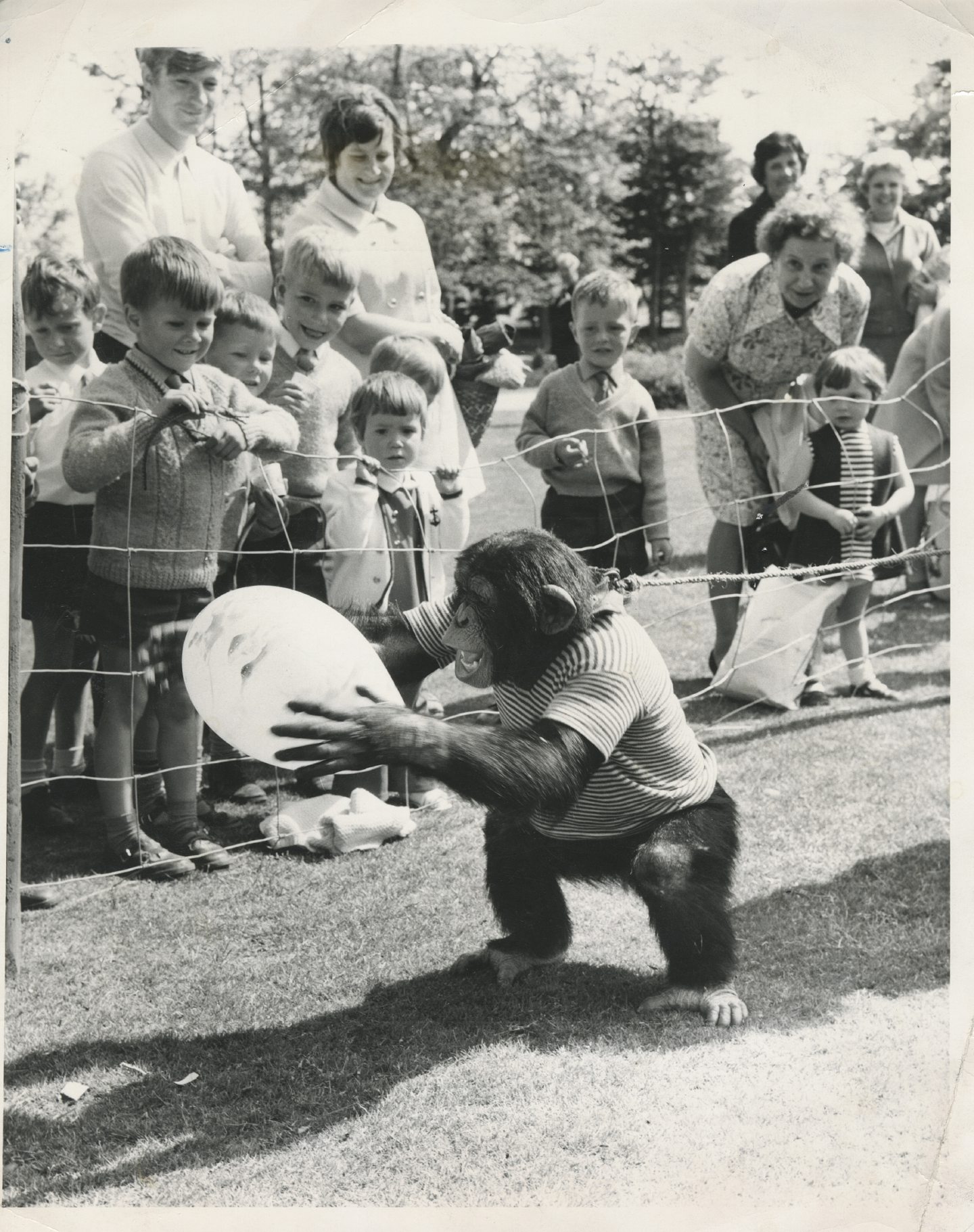
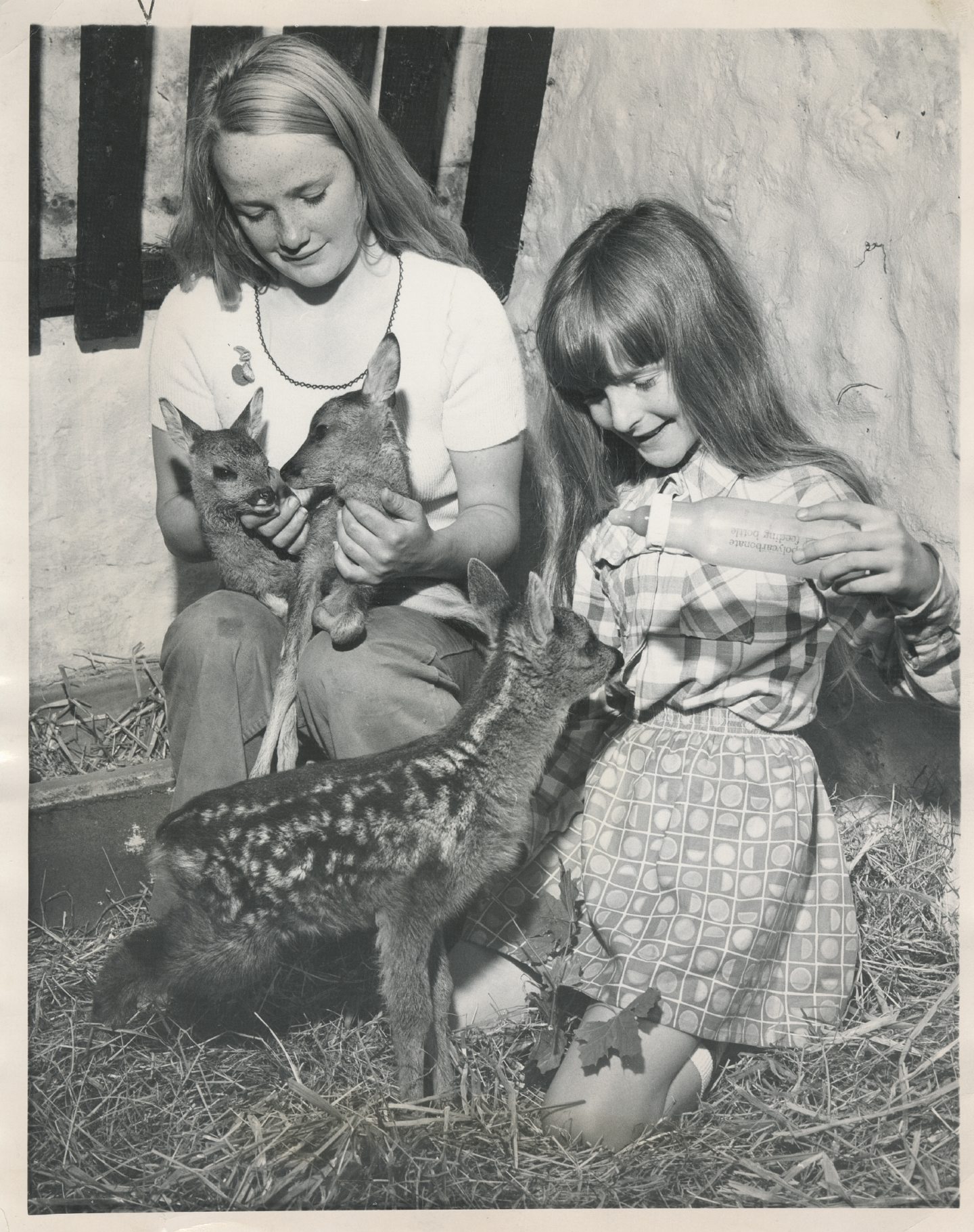
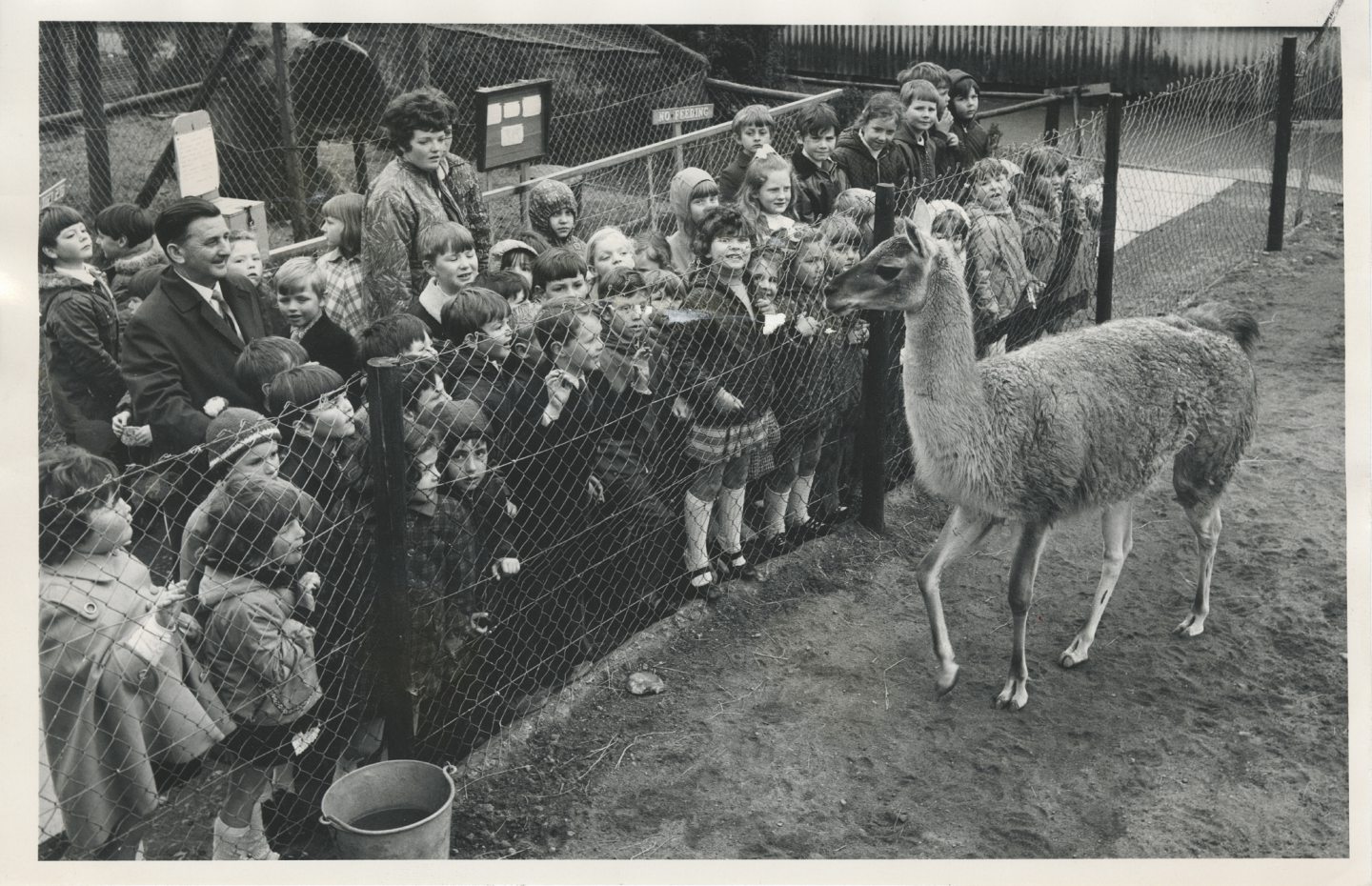
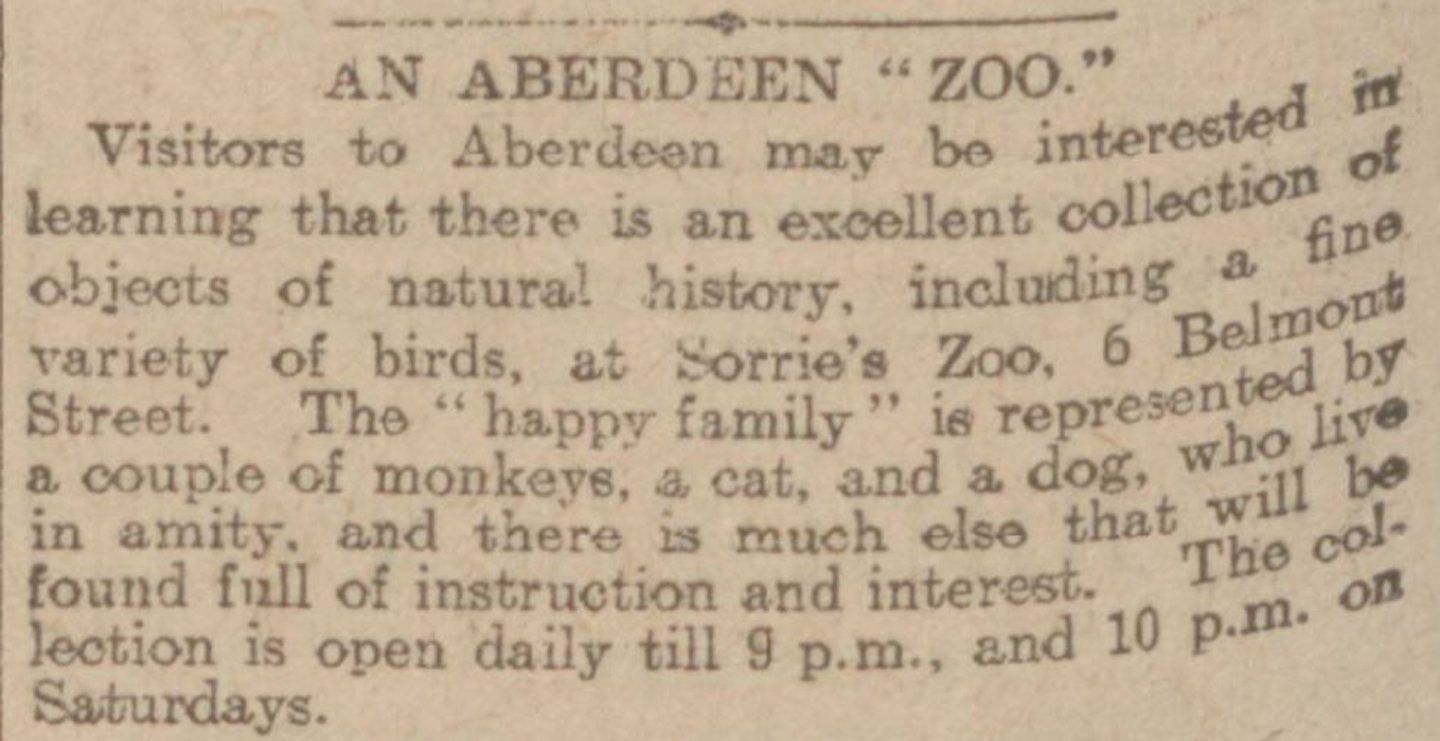
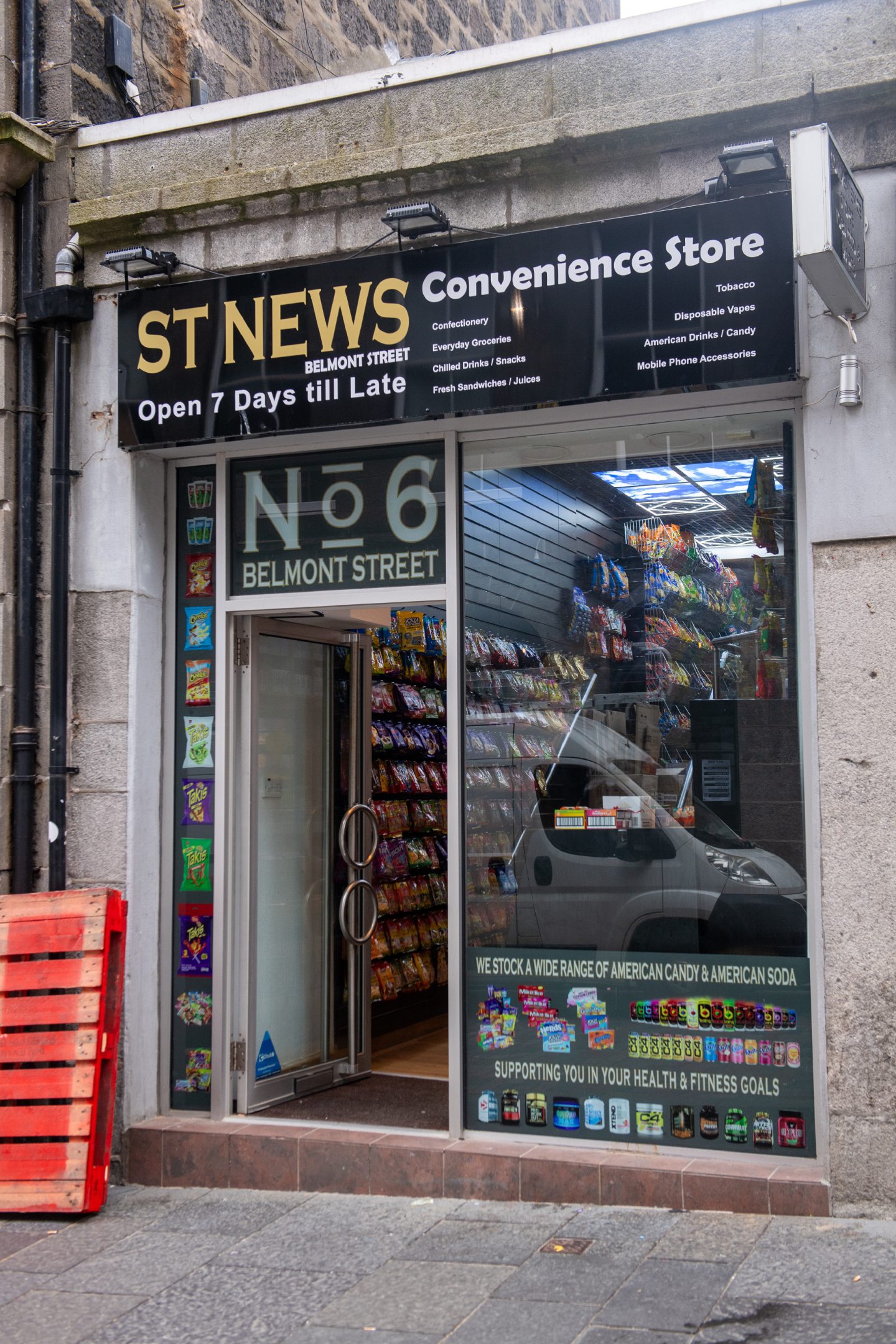
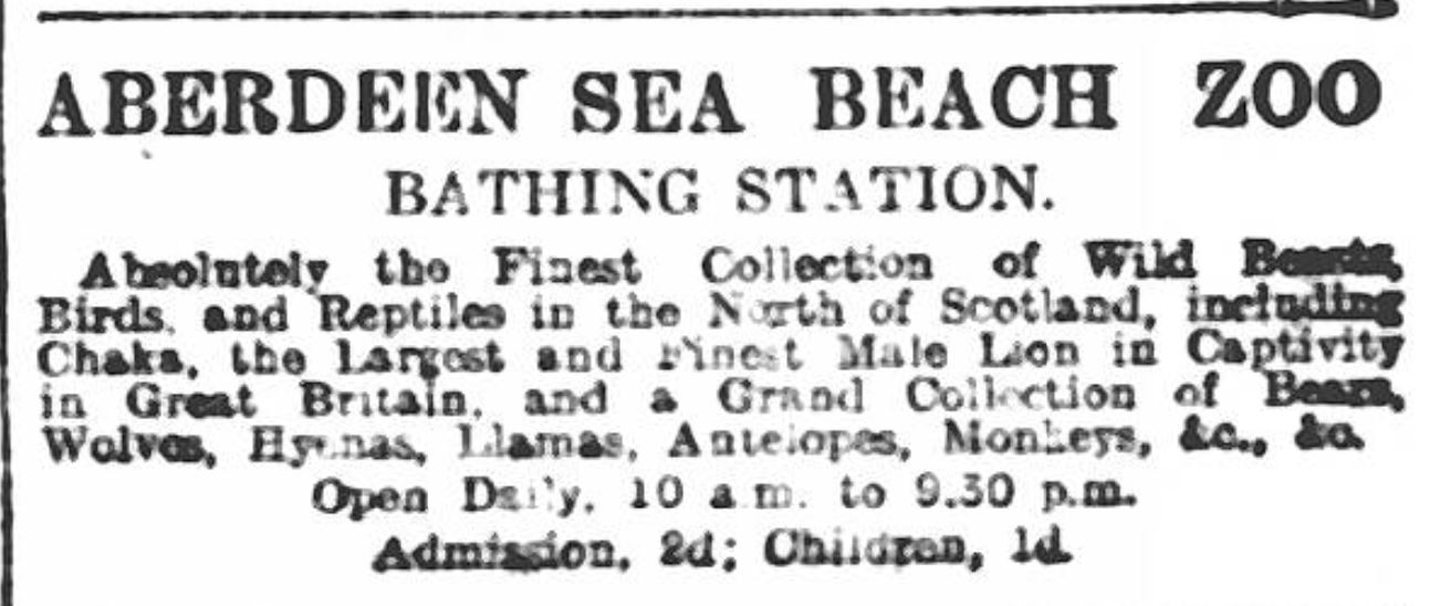
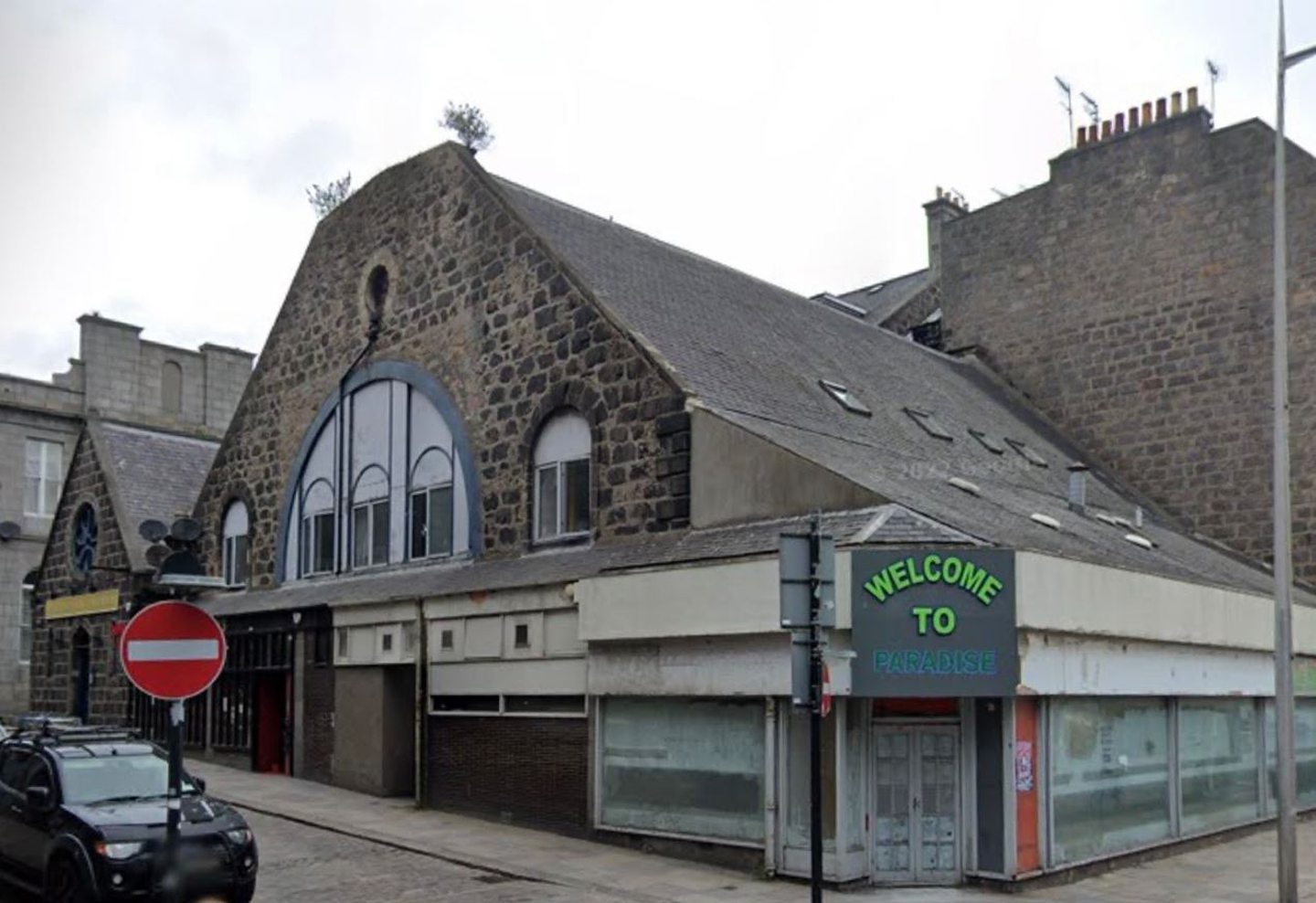
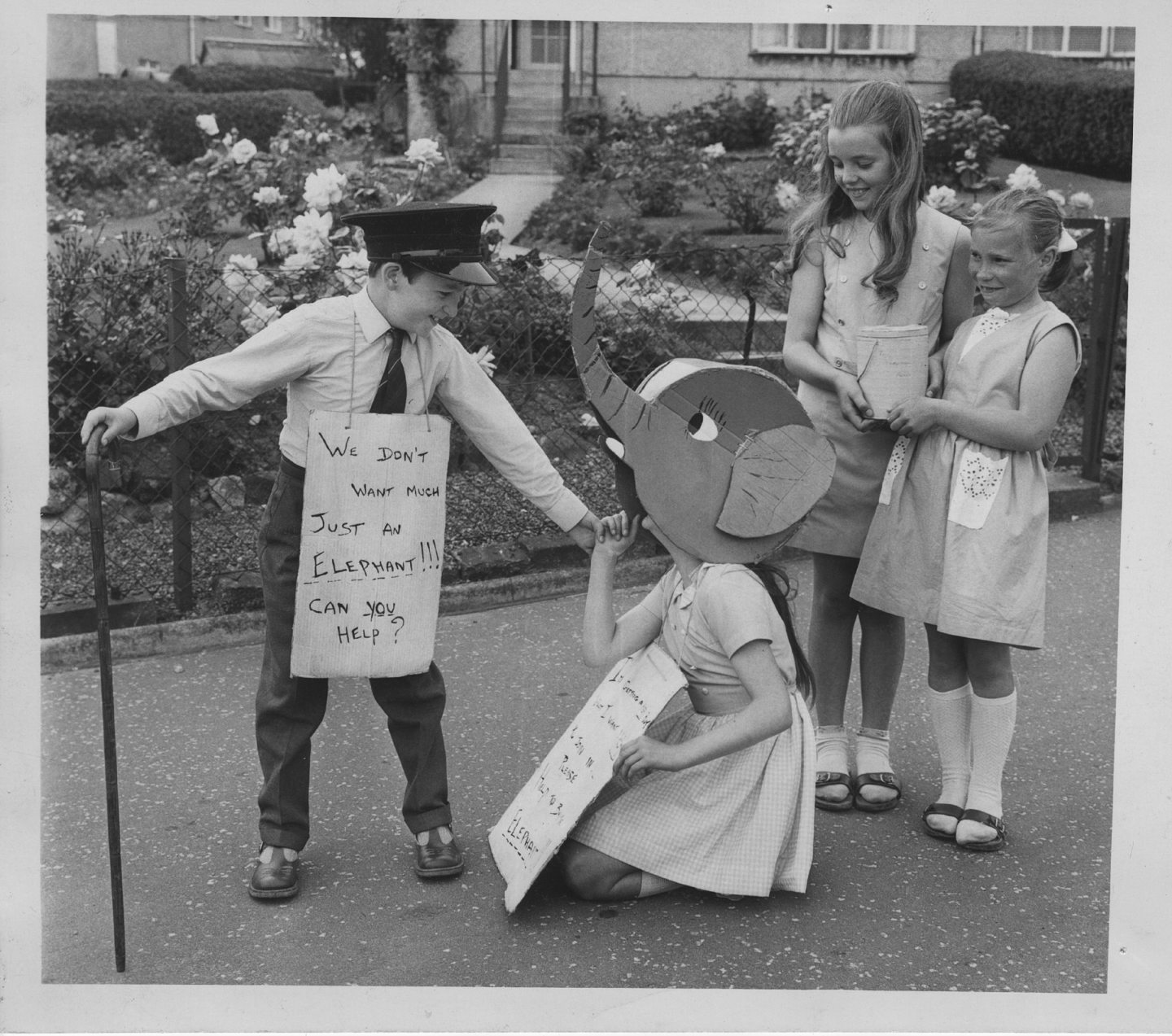
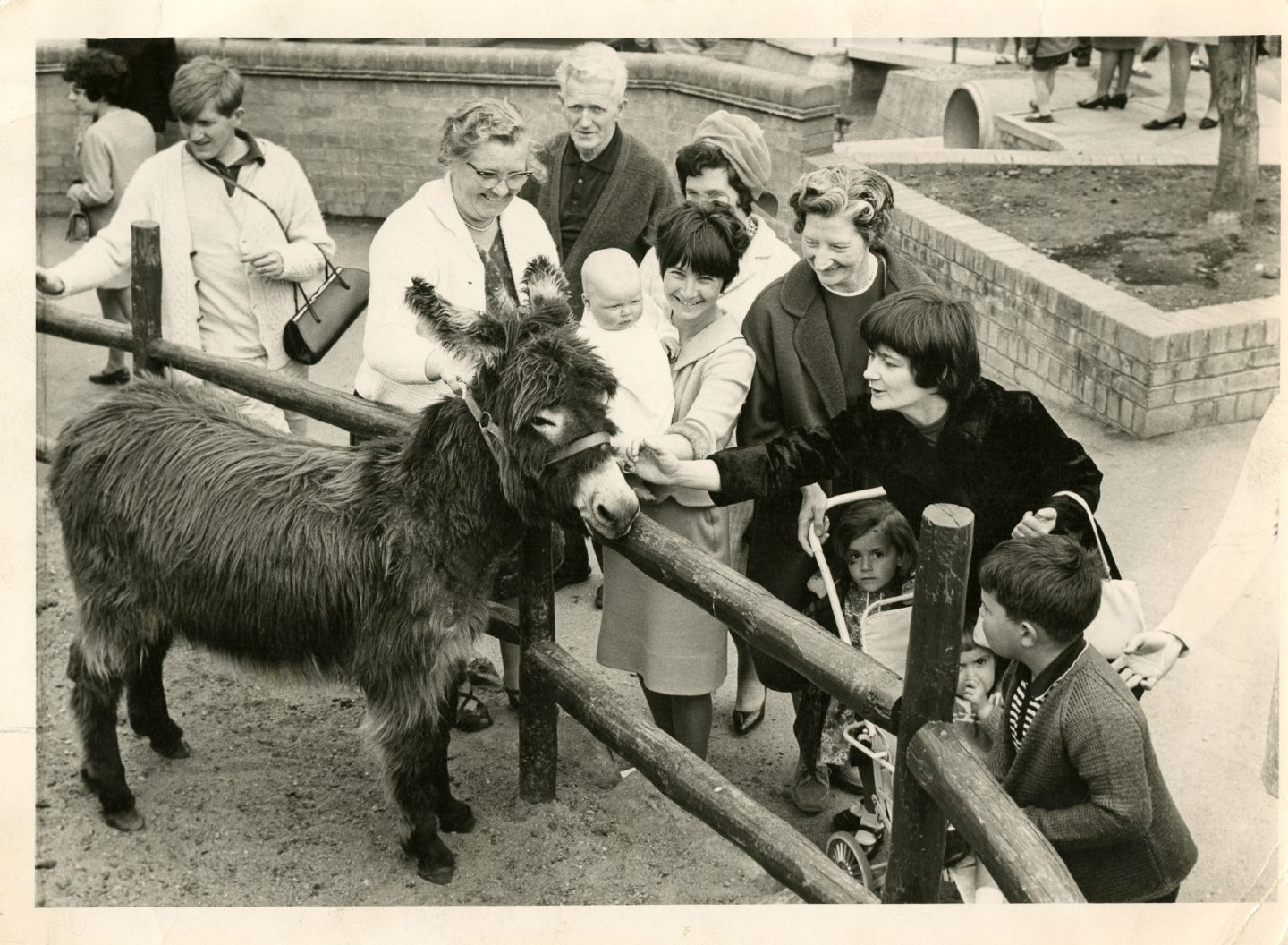
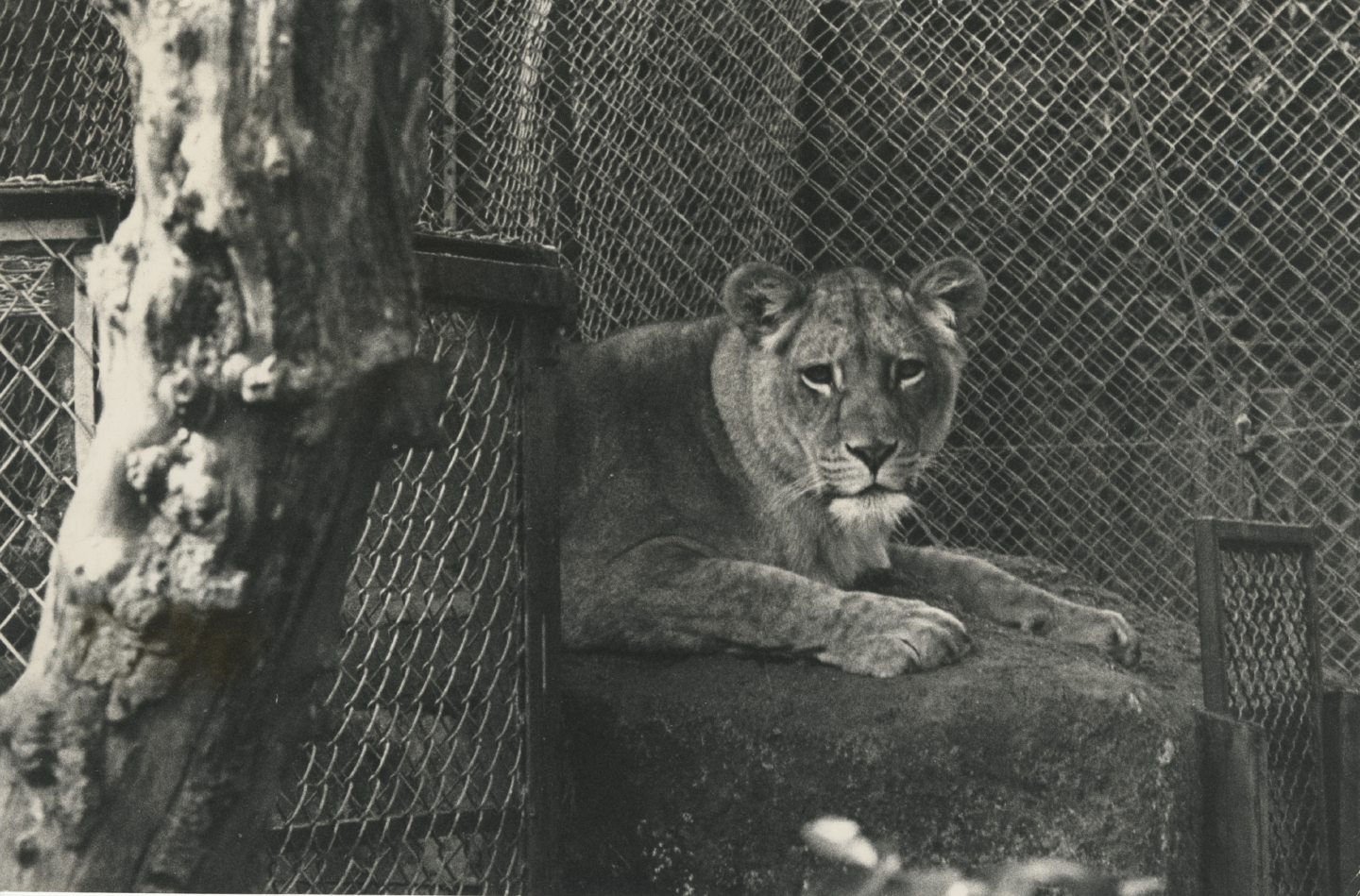
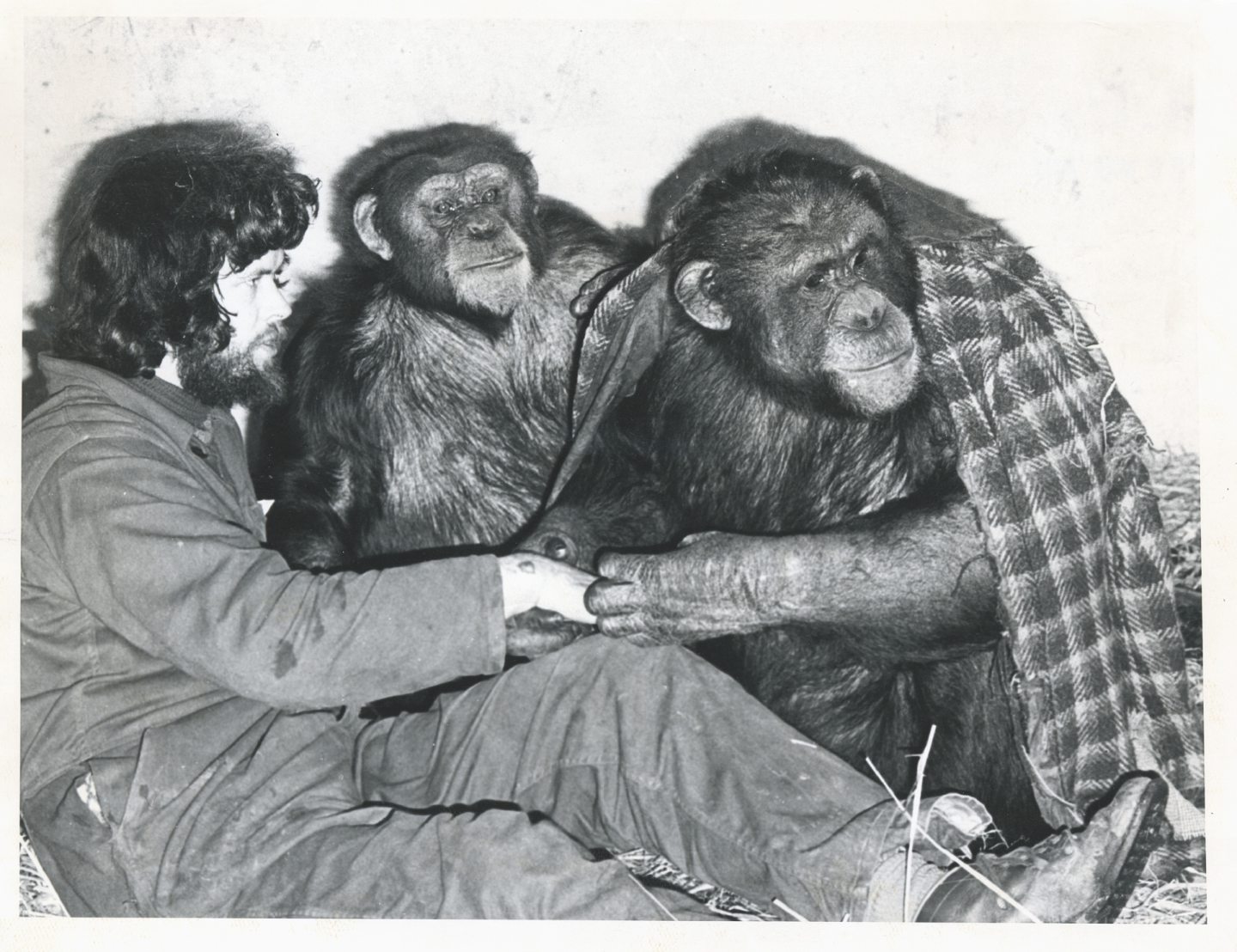
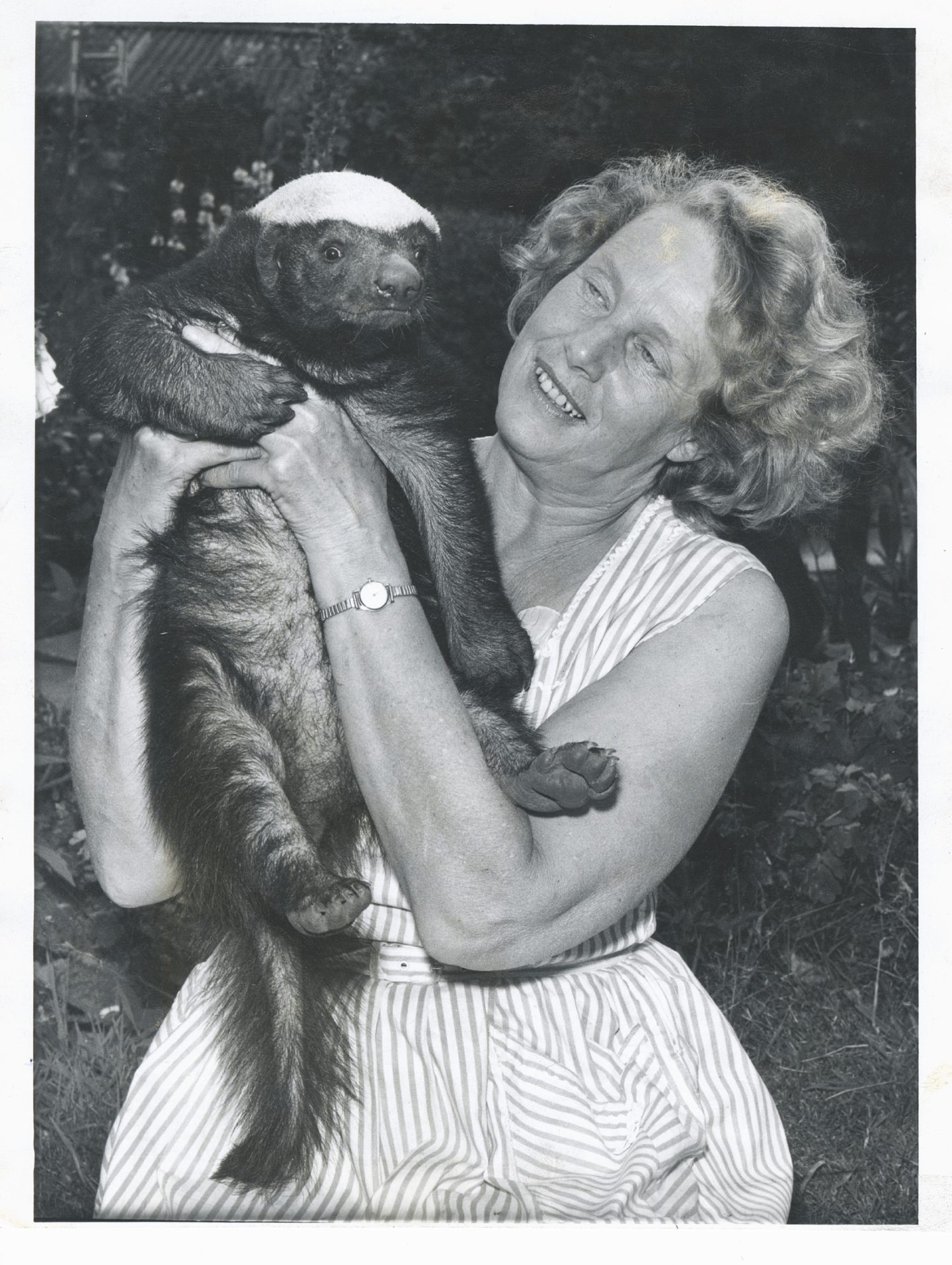
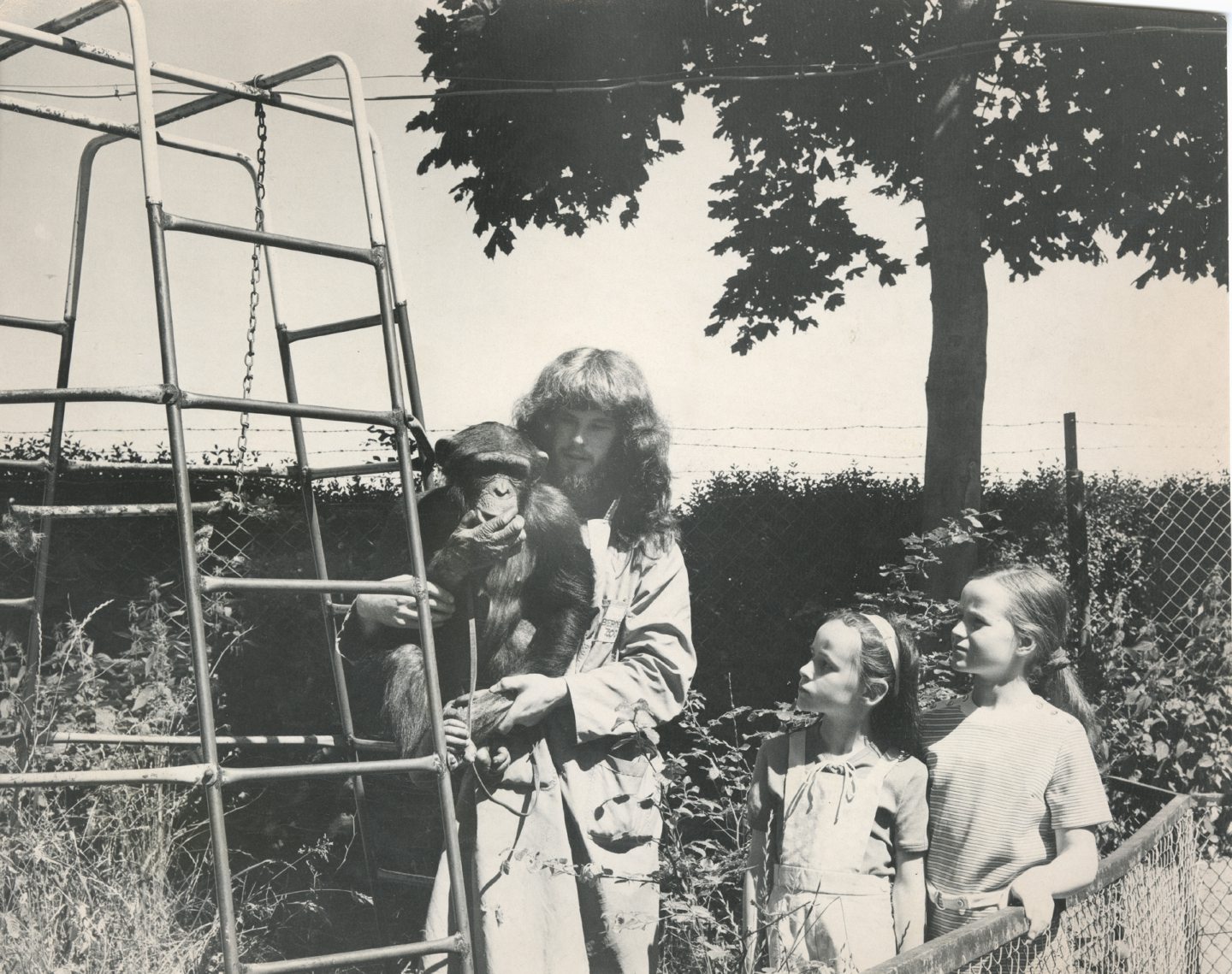
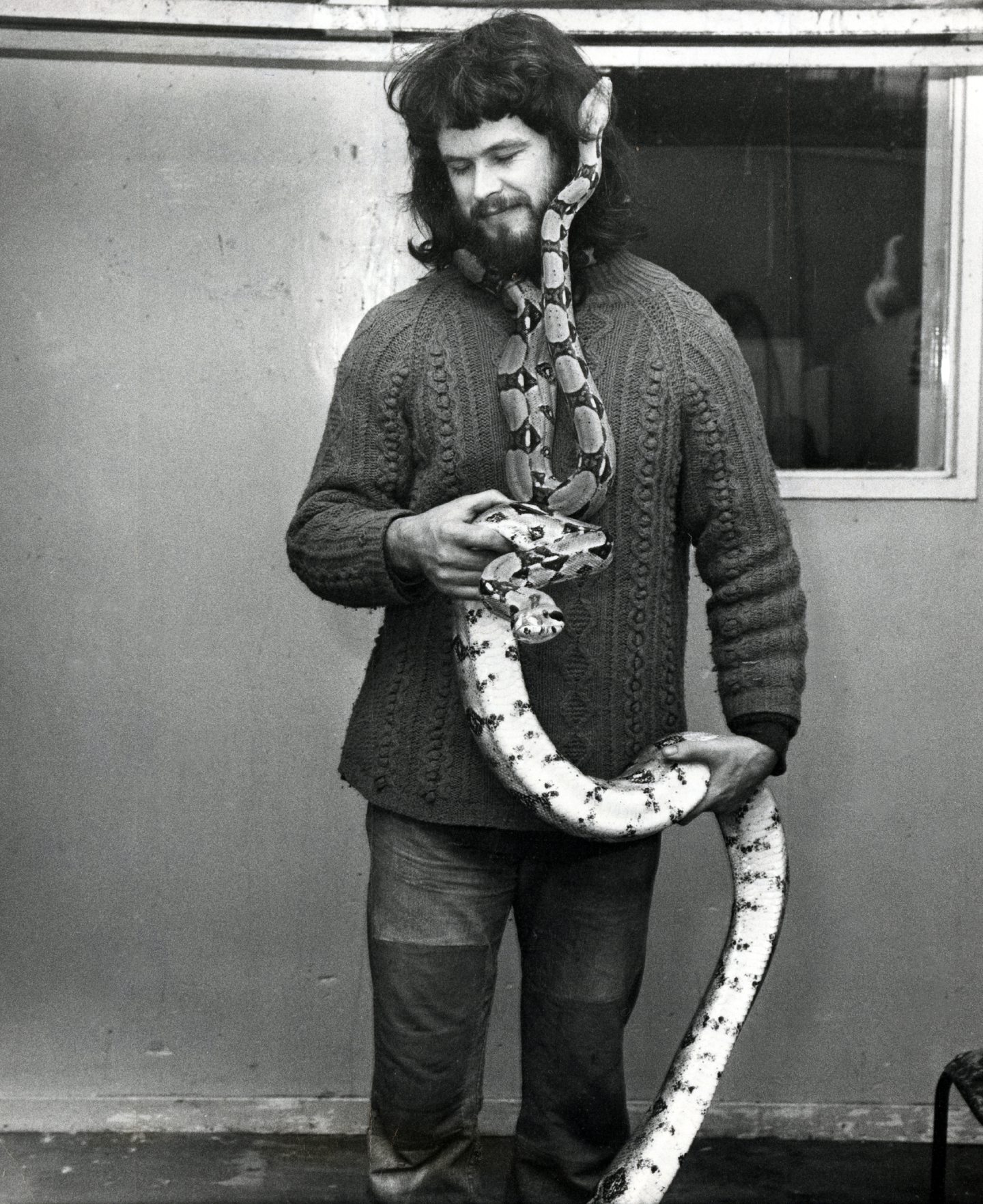
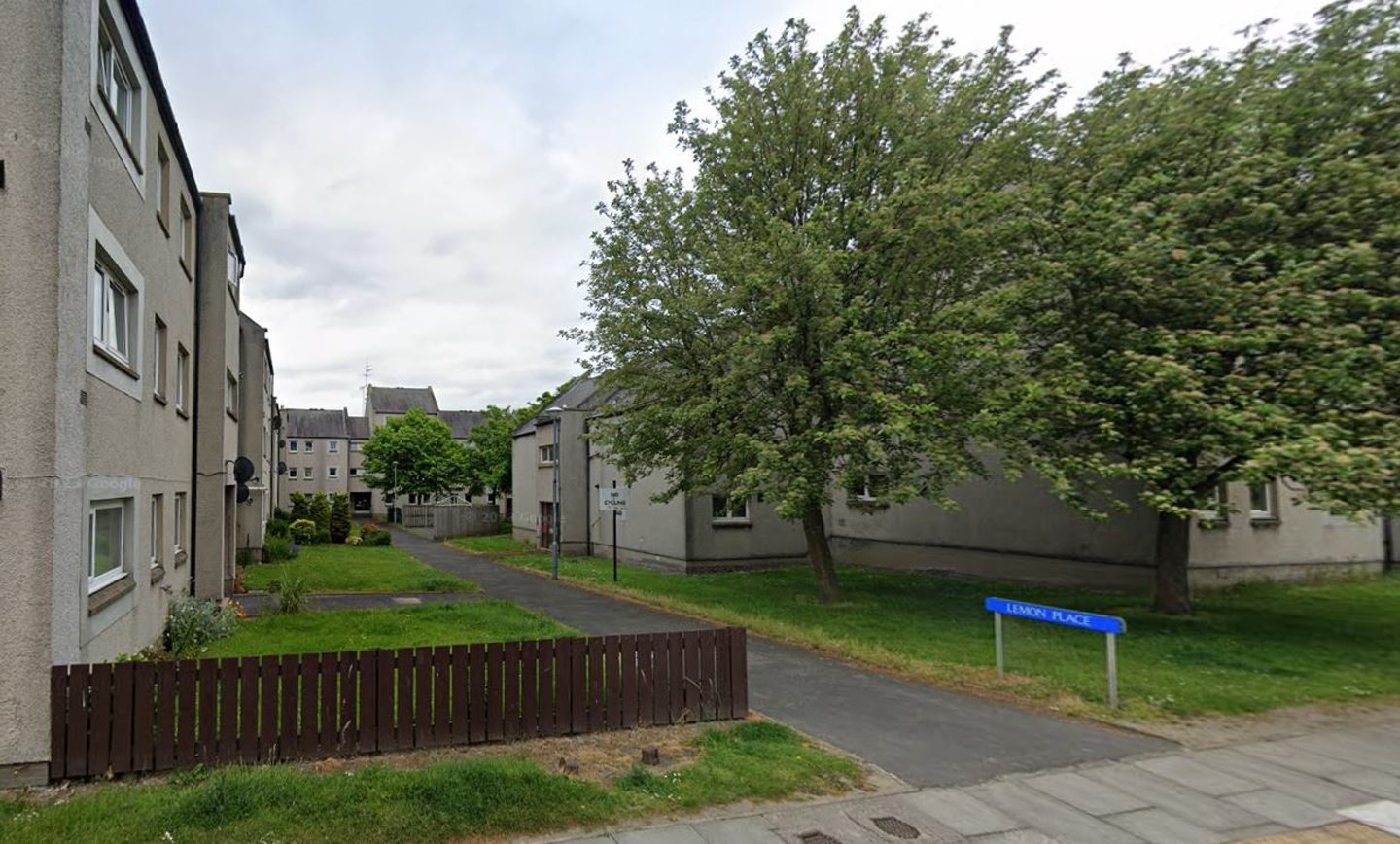
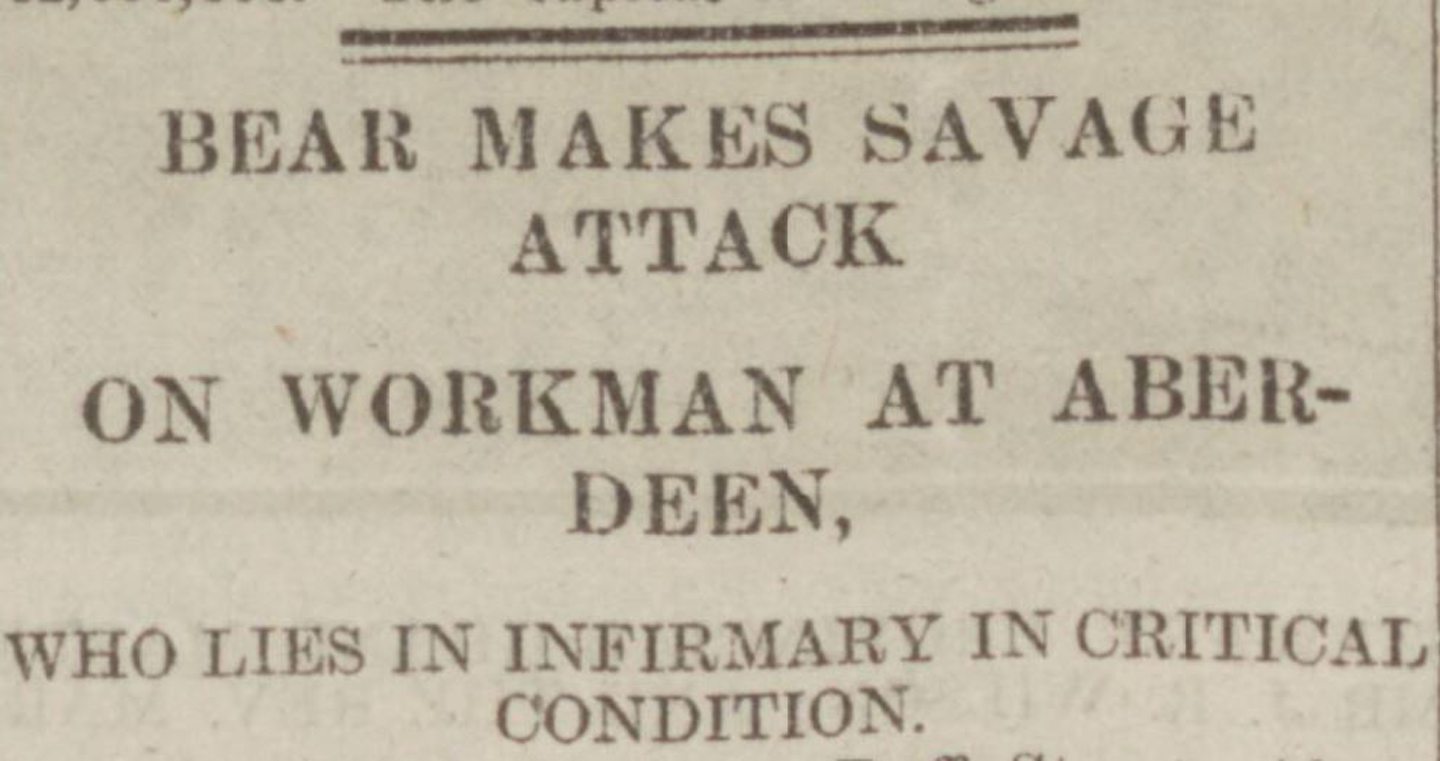
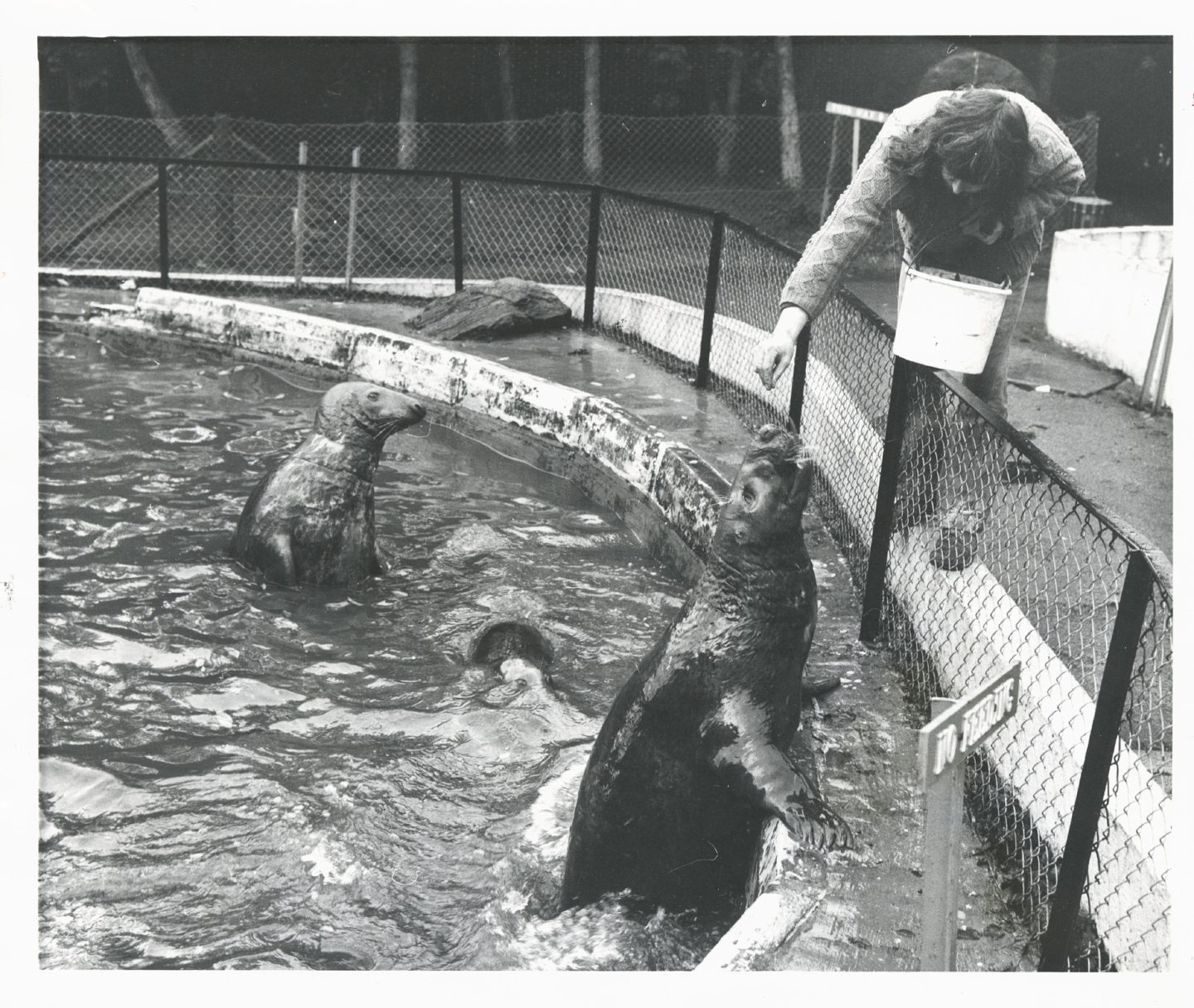
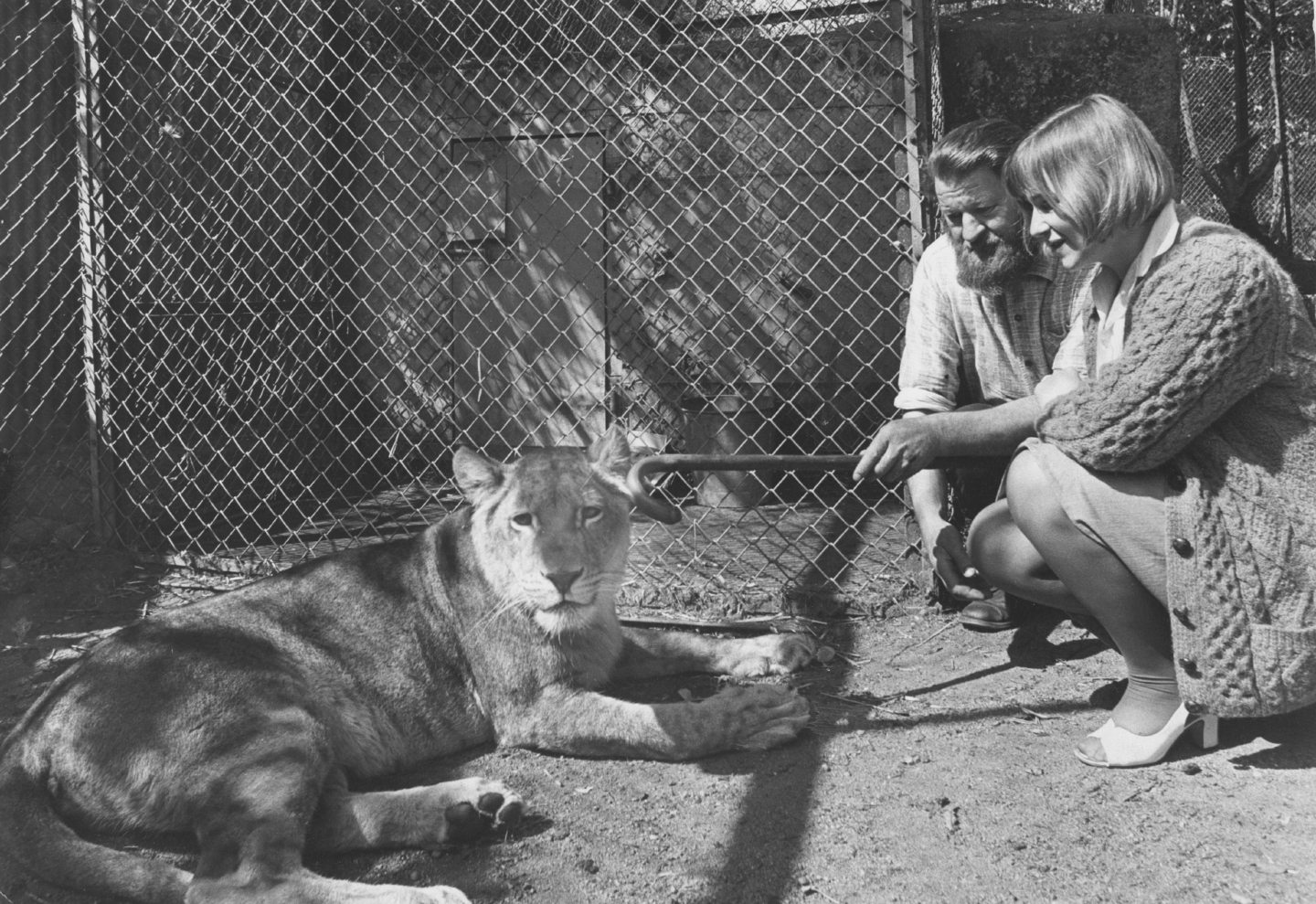
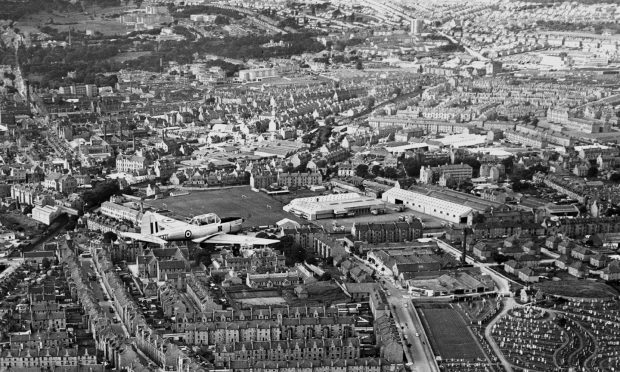
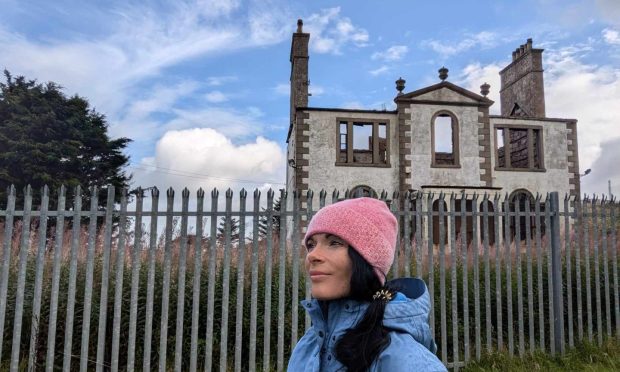
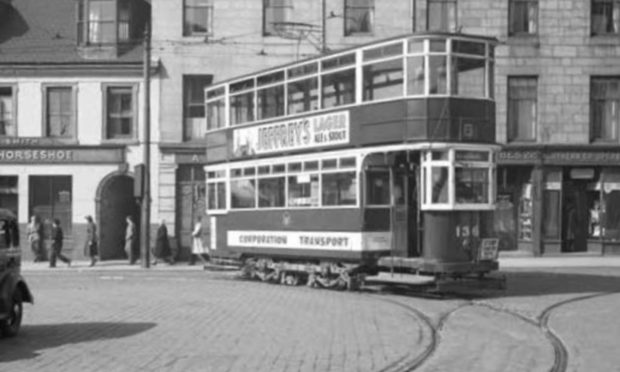
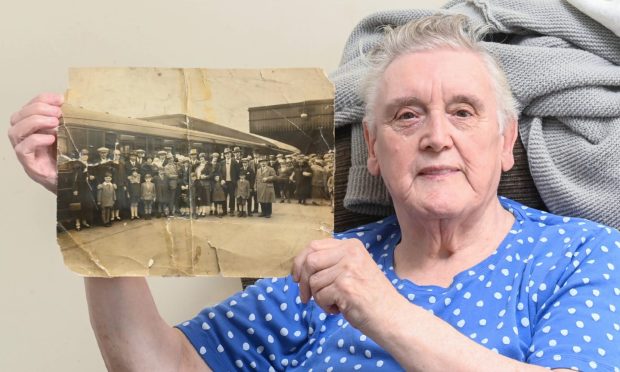
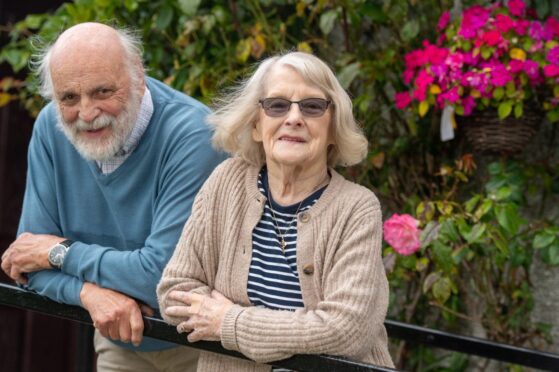
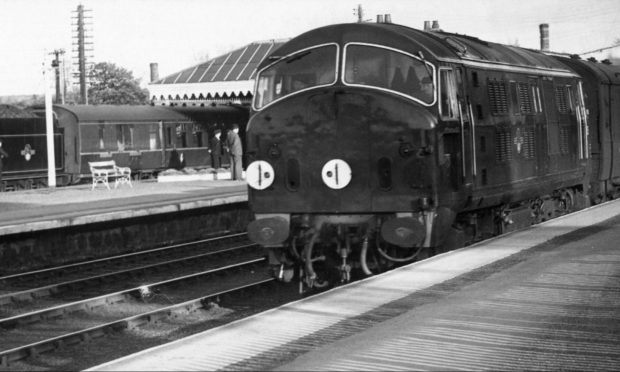
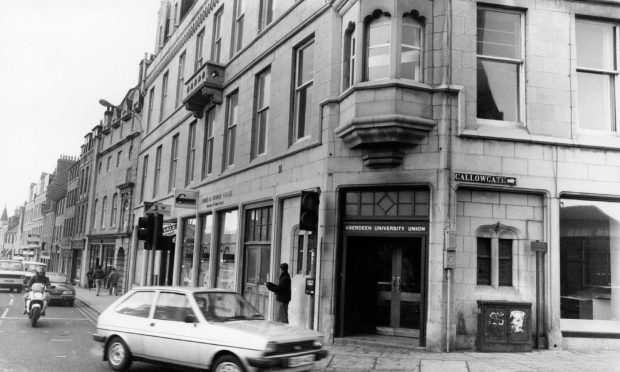
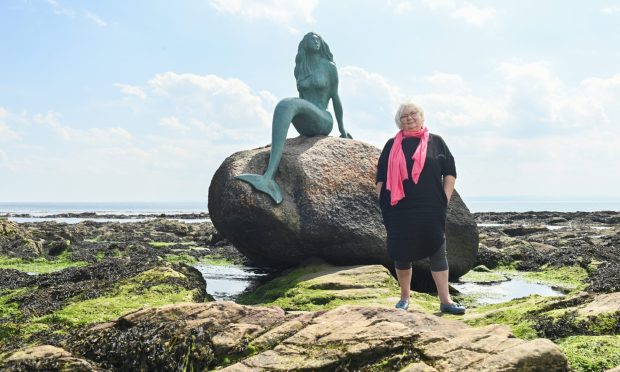
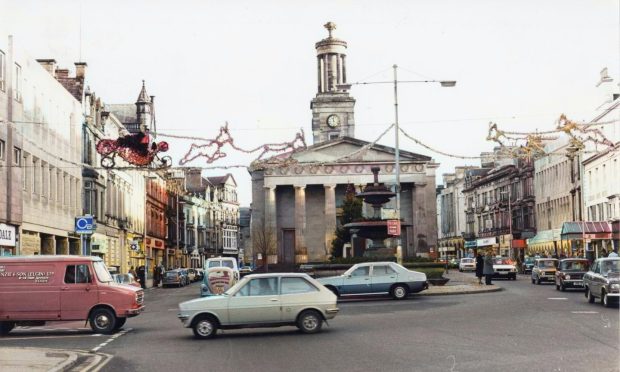
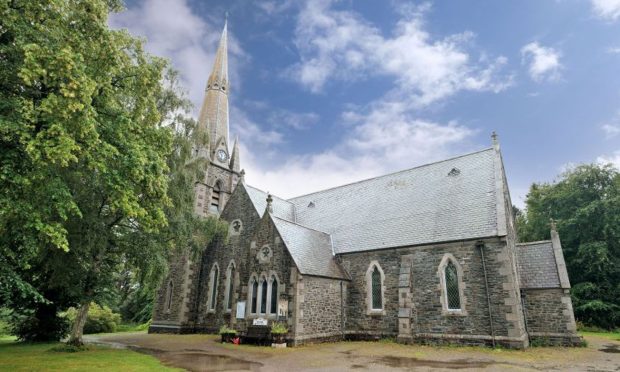
Conversation